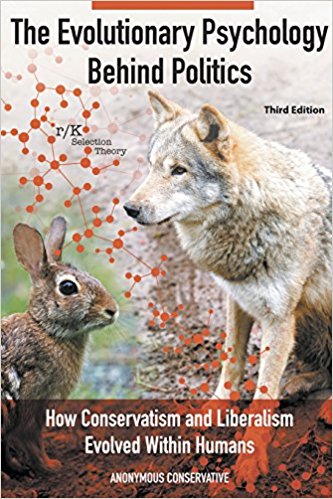Zoologist Silviu Petrovan of the University of Cambridge was birdwatching at a reservoir in Romania when he spotted a flock of mallards hunting a fledgling that had landed on the water.
A female duck grabbed the grey wagtail in her beak, dunked it several times beneath the water, then ate it, Petrovan says. A black redstart landed soon after and “was almost instantaneously attacked” by 10 juveniles, per the study in the journal Waterbirds.
Though mallards in California have been sighted munching on sand crabs, the ducks usually eat plants, insects, and the occasional small fish. As far as scientists can tell, such predatory behavior not involving fish or amphibians has never been seen before.
It’s not only “very rare” but also likely a new phenomenon, says Petrovan, noting mallards have “not … really evolved” to digest bones and feathers. “The mallard was massively struggling to eat that wagtail, presumably because it couldn’t actually tear it to pieces” due to the design of its bill.
So why would a duck eat a bird at all? Petrovan suggests “pressure for those fast-growing juveniles to get animal protein intake.”
Ducks are interesting. As a kid, a couple would frequent a pond by my house. I fed them, and got to know their personalities. The female was the one who came back each year, sometimes with the same male from last year who’d remember me, sometimes not. They had a committed relationship for the year, and he would wait by her side dotingly as she ate, letting her have the food first. He followed her around, always on guard, and seemingly willing to put himself in harm’s way for her.
But there were other males. Every so often they would find her and give chase. I’d hear her flying around overhead in circles, quacking up a storm in terror. The other males would be chasing her, like a little gang of Muslim migrant rapists. Behind them would be her male, trying to dive bomb them and protect her. She’d fly to the little pond, hit the water, and hustle to the side, where she would run off, the males hot on her tail trying to rape her, and her male trying to fight them off. When I was outside, she learned to run to me, and I would chase the rapist males off.
I find it interesting to look back on, as there is a divergence among individual duck reproductive strategies, just as there is in humans. The similarities, as I look back on them, are striking. A lone loyal male, prioritizing his girl over himself, and a bunch of oversexed rapists, uncaring of what pain they inflict on others. Even their demeanors were different, with the pair-bonded male slow and easy going as he stood off on the side and observed, quiet and polite, while the rapists were frantic and neurotic, and all about themselves.
Notice how the mechanism works with respect to food. Restrict the dopamine burst from food, and the amygdala goes into high gear. In an early experiment from the last century, a young woman with electrodes attached to her amygdala would complain when the electrodes delivered stimulation, because she would feel like violently attacking whoever was in front of her. She would say things, like, “Please make it stop, all I want to do is hurt you and break everything! I can’t take it!”
The duck, his amygdala stimulated, attacks violently, suddenly eats the bird, and the resultant dopamine surge relaxes the amygdala, training his brain. Imagine if the dopamine deficiency got worse. Suddenly the ducks are attacking each other mindlessly, driving their competition from the territory in the process, and the transition to K is complete. Dopamine, amygdala.
These are what are refereed to in biology as conserved systems, which are shared among different organisms, and preserved in the face of Darwinian pressures to diverge because of their extraordinary utility and perfection in design. The presence in the ducks of the r/K adaptability mechanism would imply that even in the most r-selected of rabbits, the underlying r/K adaptive mechanism may be conserved, and lay dormant, waiting to be activated by extreme enough circumstances in either r or K. Pull the dopamine back enough, turn the amygdala on enough, and even rabbits will go to war.


[…] Mallard Ducks Go K-selected […]
Given relative lack of predators in Australia and die offs due to famine in dry season. Rabbits in australia is the ones to watch.
In fact they appeared in Australia to have adapted to survive cold and eat poisonous leaves:
http://www.abc.net.au/news/2016-11-17/rabbits-eat-gum-leaves-in-alpine-australia/8033720
Wouldn’t the male duck have gotten bigger and better at just killing the other ducks?
I don’t remember a size differential explicitly, but I do remember thinking the rapists might have been yearlings for some reason, and the paired male seemed older, so they might have been smaller. I don’t remember explicitly. I do remember it was about five rapist males to one paired male.